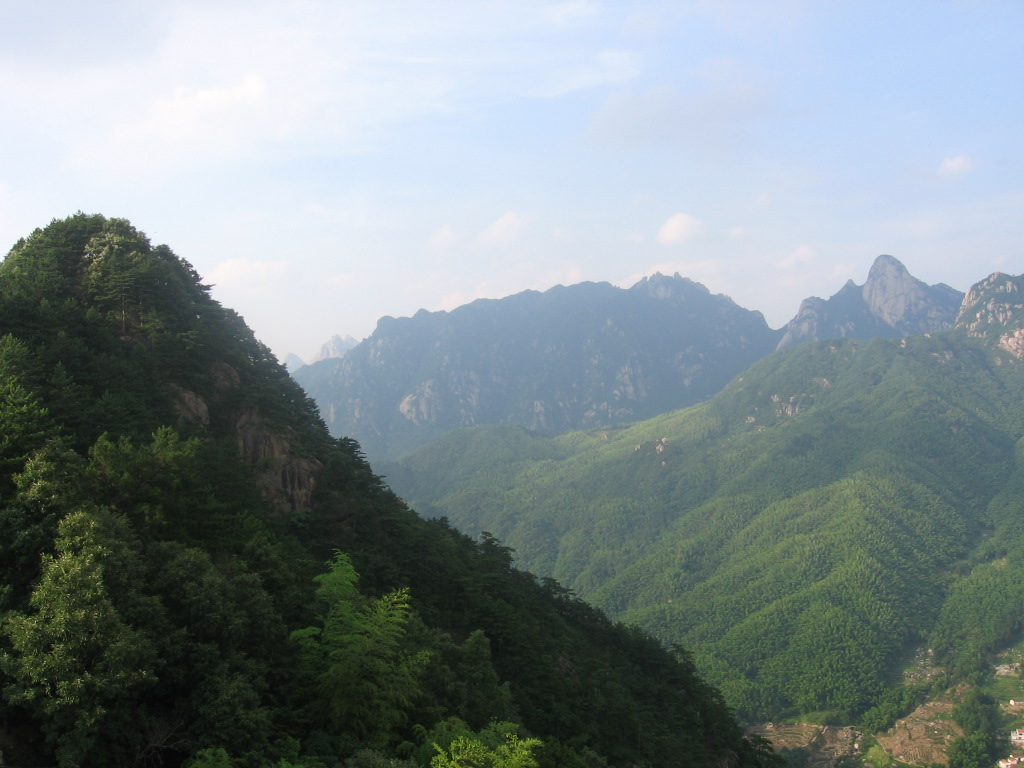Article in “Island Notes,” a feature column of Bahamaislandinfo, titled “Sadly Lost to the World: The Hermit of Lost Island,” about the American Trappist monk Gerald Groves.
Groves spent time at the Abbey of Gethsemani and knew Thomas Merton, then spent a little while in Martinique, followed by six years as a hermit in Bahamas beginning in 1960, a period described by the article. Groves lived in an abandoned and dilapidated Baptist Church built in 1902 until development drove him out, returning to the U.S. to study and teach. Groves died in 2003.
(Groves published an article about Merton in a 1979 issue of American Scholar.)
An updated URL (2014): http://www.thebahamasweekly.com/publish/author-historian/Sadly_lost_to_this_world_-_the_hermit_of_lost_beach33846.shtml
URL (no longer available): http://www.bahamaislandsinfo.com/index.php?option=com_content&view=article&id=10087:island-notes-sadly-lost-to-this-world-the-hermit-of-lost-beach&catid=113:island-notes&Itemid=228
